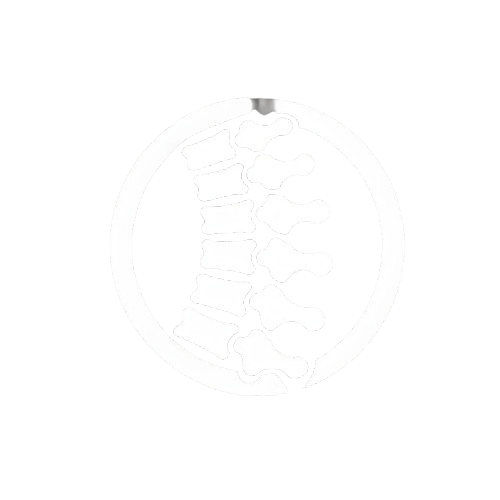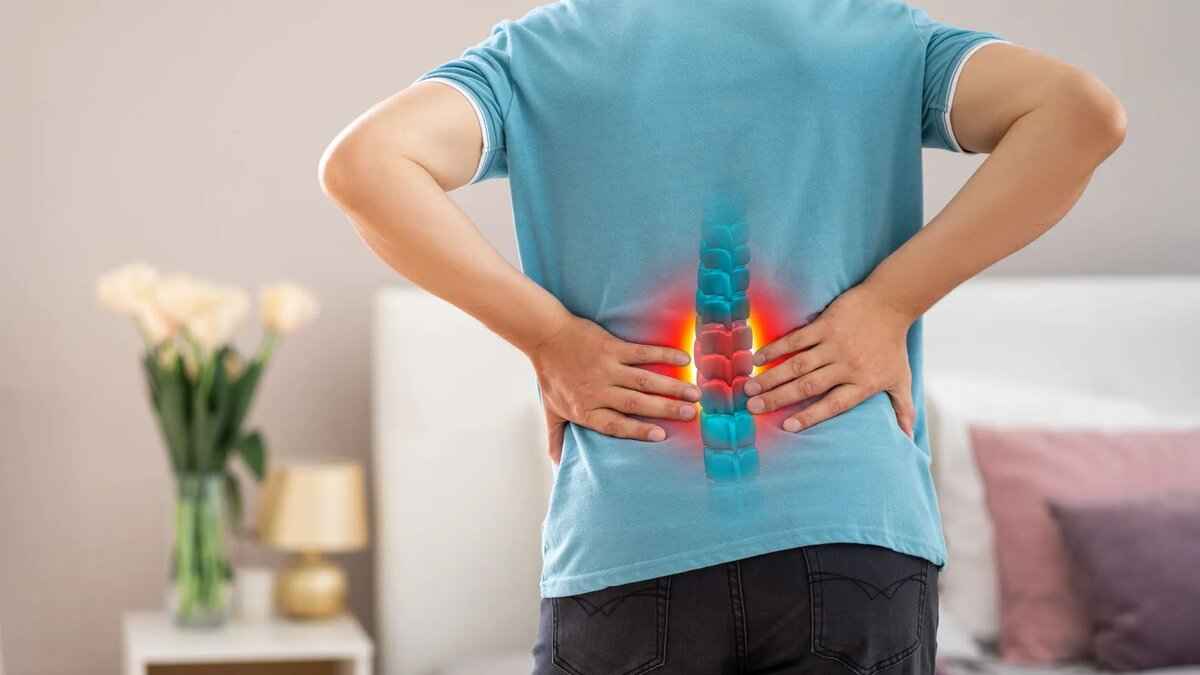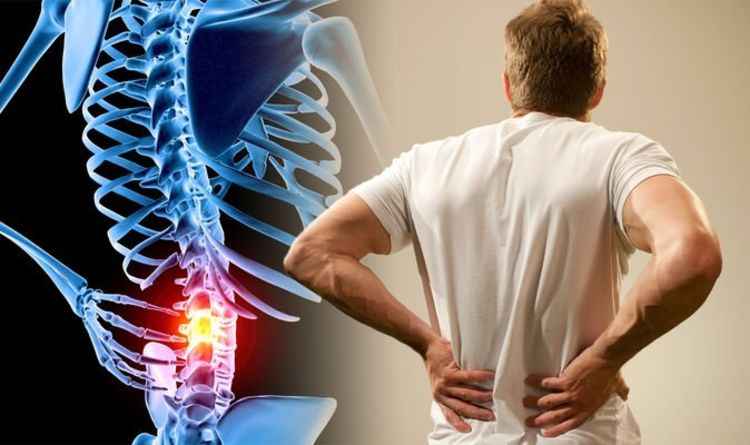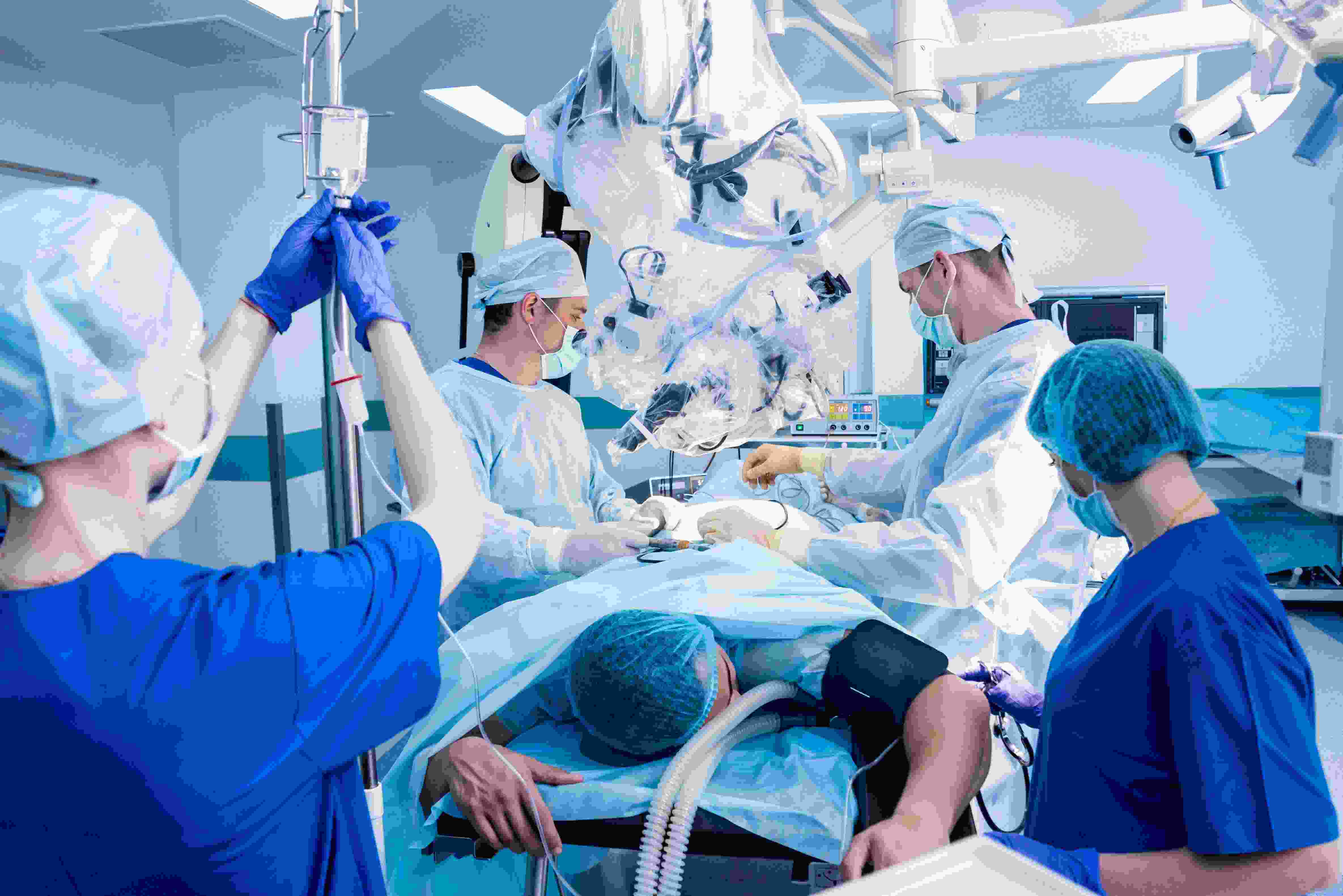What is Disc Prolapse?
Disc prolapse refers to the herniation of a spinal disc, typically in the cervical or lumbar region, where it presses on nearby nerve roots. This condition can cause back or neck pain, and in severe cases, it may lead to nerve-related symptoms in the arms or legs. Mr. Irfan Malik offers comprehensive treatment plans to alleviate the discomfort caused by disc prolapse.









